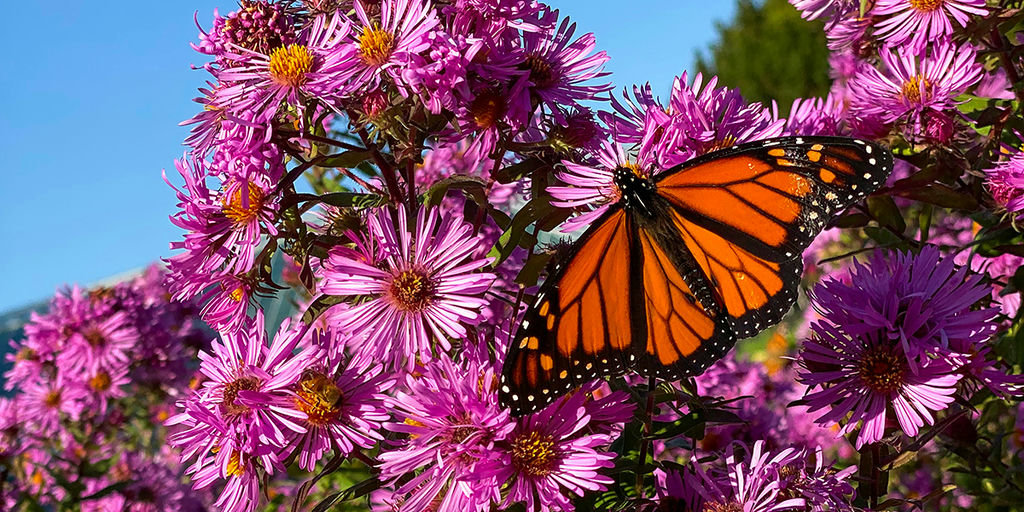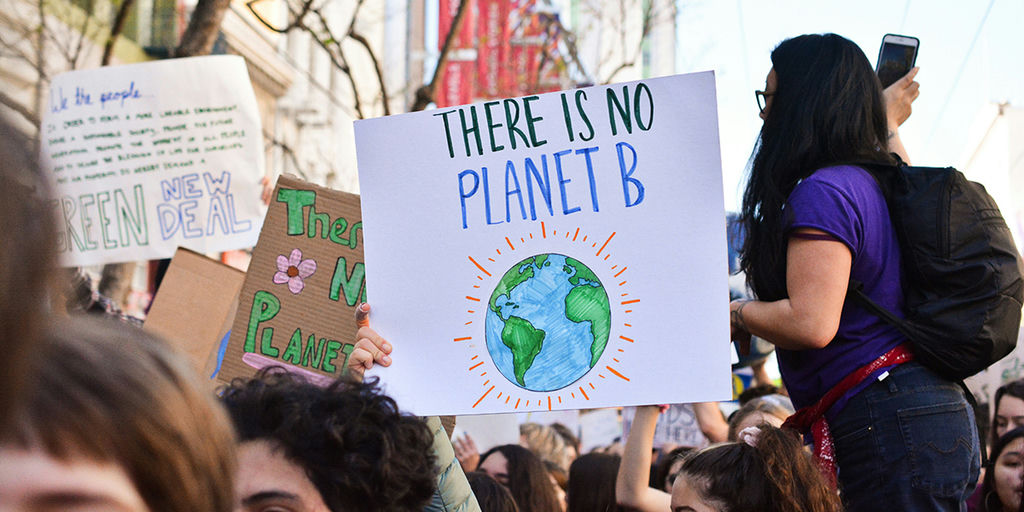The Missing Butterflies: A Silent Alarm for Our Future

(Image Source: Evan Buchholz/Unsplash)
When was the last time you saw a butterfly? Not just a quick glimpse, but a real moment where you watched its colorful wings fluttering in the air. It's a question worth asking, because the fact that we see fewer and fewer butterflies tells us something is wrong with our world.
Since the 1970s, a lot of butterfly species have been disappearing. For instance, one famous butterfly, the monarch, is in big trouble. It used to be a symbol of nature across the globe but now it's struggling to survive because its homes are being destroyed and it's getting hotter. In just ten years, its numbers have dropped a lot, for instance, a report by the Centre for Biological Diversity revealed that over the past two decades, monarch butterflies have declined by 90% since the 1990s.
To further corroborate this, the International Union for the Conservation of Nature (IUCN) in 2021, classified the migratory monarch butterfly as endangered and added it to the Red List of Threatened Species. The IUCN's declaration of the monarch as endangered serves as a wake-up call, highlighting the urgent need for action to safeguard these iconic butterflies. When experts say the monarch is in danger, it's like a big warning bell ringing. This tells us we need to act fast to save these beautiful creatures. It's not just monarchs in trouble; other insects are also struggling because of bigger problems with the environment.
The decline in butterfly populations is attributed to several interconnected factors. One, as we know, is climate change. As temperatures rise and weather patterns change, primarily due to burning oil and gas, it affects the places where butterflies live, find food, and reproduce. This is especially tough on migrating butterflies like the monarch. In some places, it gets too hot and dry, making it hard for butterflies to survive. This crisis might be our last chance to save some of the world's favorite butterfly species. But even though we know how important it is, some governments still haven't done enough to protect them and phase out oil and gas faster.
Human encroachment is also to blame. We are cutting down forests, building cities, and expanding farms, which harms butterfly habitats or destroys them altogether. Butterflies need specific places to live, lay eggs, and eat, so losing these habitats hurts their populations. When we upset the balance of nature by destroying habitats and changing the climate, it affects the variety of plants and animals in an area. Butterflies depend on a variety of plants for food and shelter, so when we reduce the number of plant species, it hurts butterfly numbers too.
The chemicals we use to kill pests and weeds also harm butterflies. They kill the plants their babies need to eat. For example, using weed killers can wipe out milkweed, which monarch caterpillars rely on for food. We therefore need to embrace sustainable farming practices by reducing reliance on harmful pesticides and herbicides.
Invasive Species are also a threat. When non-native plants take over an area, they can crowd out the plants that butterflies need to survive. This disrupts their homes and makes it harder for them to find food and shelter.
The monarch's struggle shows us a bigger problem of the broader challenges facing biodiversity worldwide. Losing so many plants and animals could threaten the services that ecosystems provide to humanity, such as clean air and water, fertile soil, and climate regulation.
But there's some hope. To tackle the decline of butterflies, we all need to take action on multiple fronts. We can help the monarchs by planting more of the plants they need to survive (see these Actions: Plant milkweed, Plant a pollinator friendly garden and Start or join a community garden). For instance, native plants such as milkweed, lavender, coneflowers, and other butterfly-friendly species can provide essential food and habitat for butterfly larvae and adults so we do not end up being the last ones lucky enough to enjoy their beauty.
Also, cutting down on greenhouse gasses, using land in sustainable ways, and spreading awareness about why butterflies are important in our ecosystems. By working together, we can help ensure that these beautiful insects stick around for generations to come.

